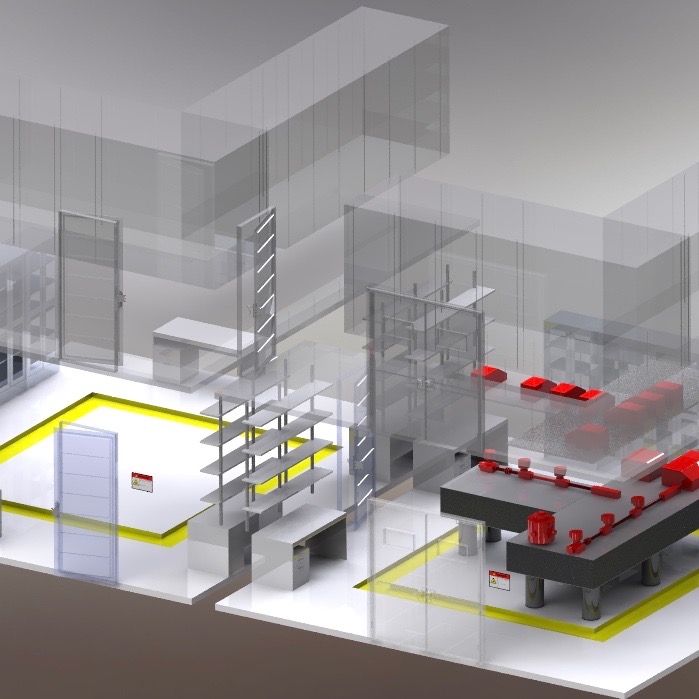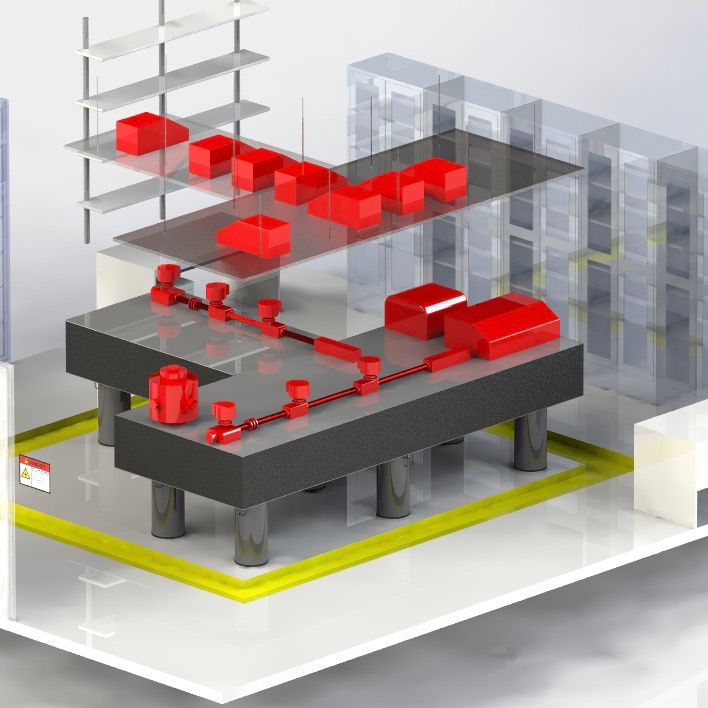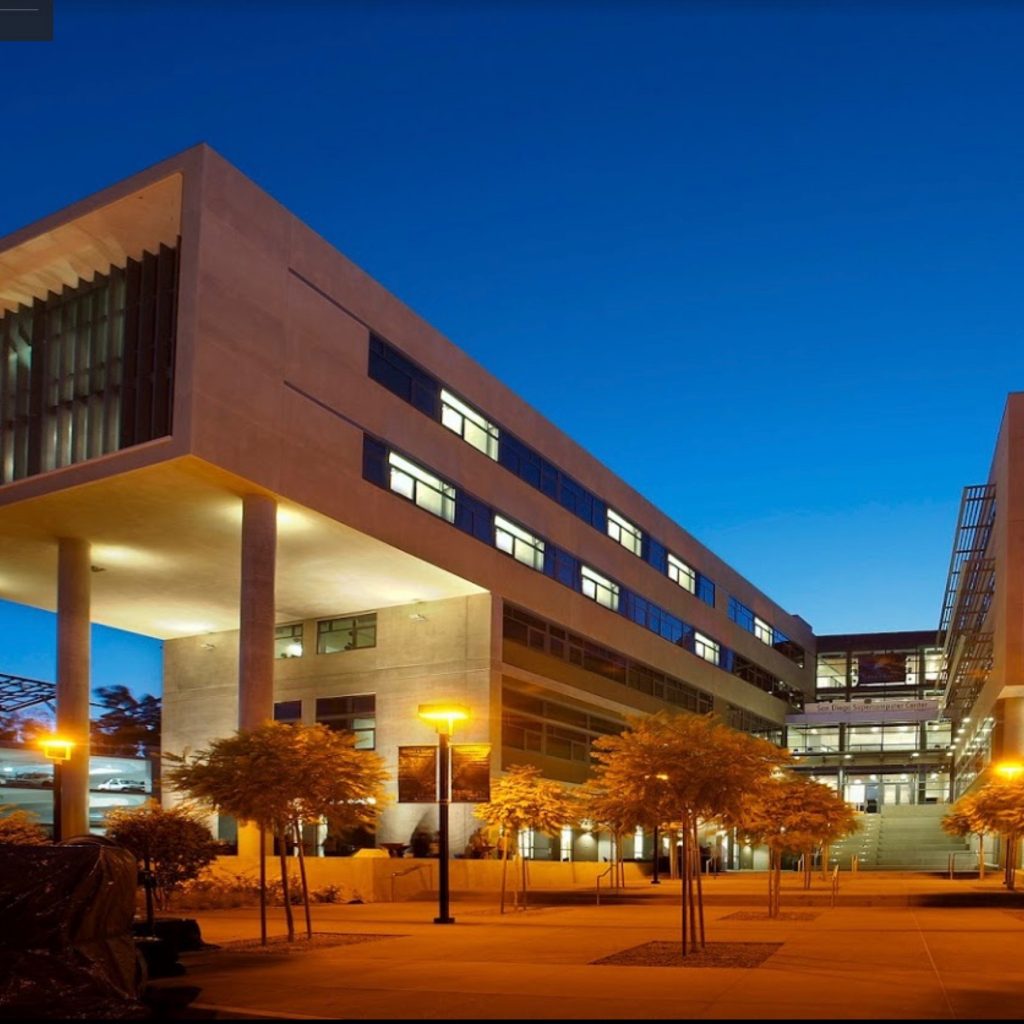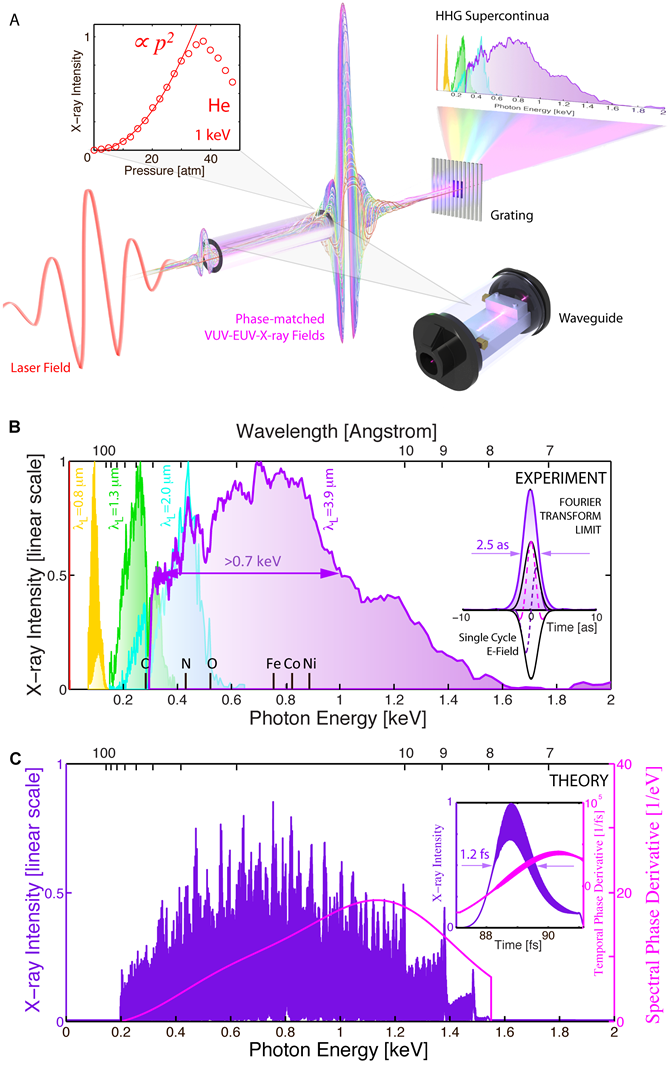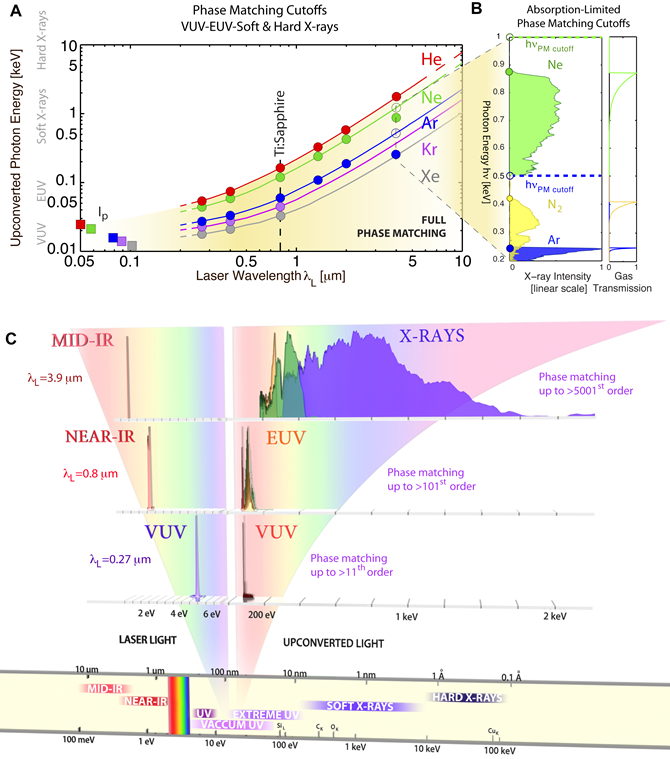
I. Popmintchev LABS – SAN DIEGO
Quantum Design of Coherent X-ray Light, Ultrafast Imaging and Spectroscopies of Advanced Quantum Materials
University of California San Diego – Physics Department and Center for Advanced Nanoscience
VIDEO – Popmintchev LABS (60 sec)
VIDEO (narrated) – Popmintchev LABS (2 min)
Advanced Ultrafast Laser and X-ray Laser Laboratories. Featuring >2200 sq. ft. cleanroom space and state-of the-art X-ray laser technology with a main focus on quantum design of coherent EUV and X-ray light with tunable spin and orbital angular momentum, and on ultrafast imaging of advanced quantum materials.
- Ultrafast femtosecond lasers
Mid-infrared range: 1100 nm – 2400 nm
Near-infrared range: 800 nm and 1030 nm
UV – VIS range: 200 – 515 nm
- Coherent attosecond extreme UV – X-ray light:
2.2 nm – 80 nm (550 eV – 15 eV)
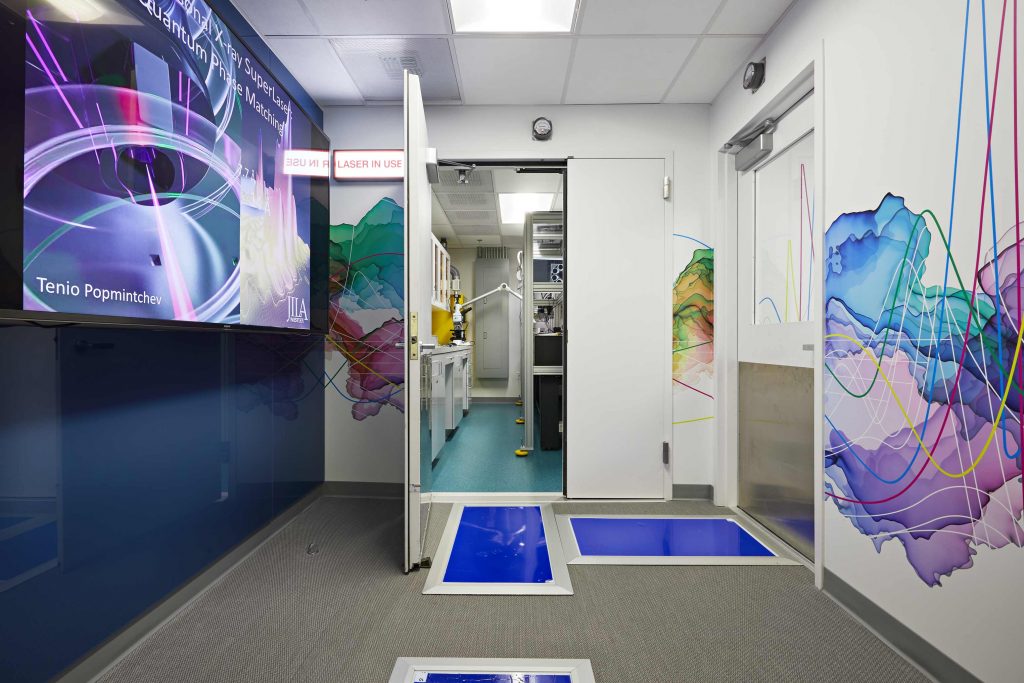
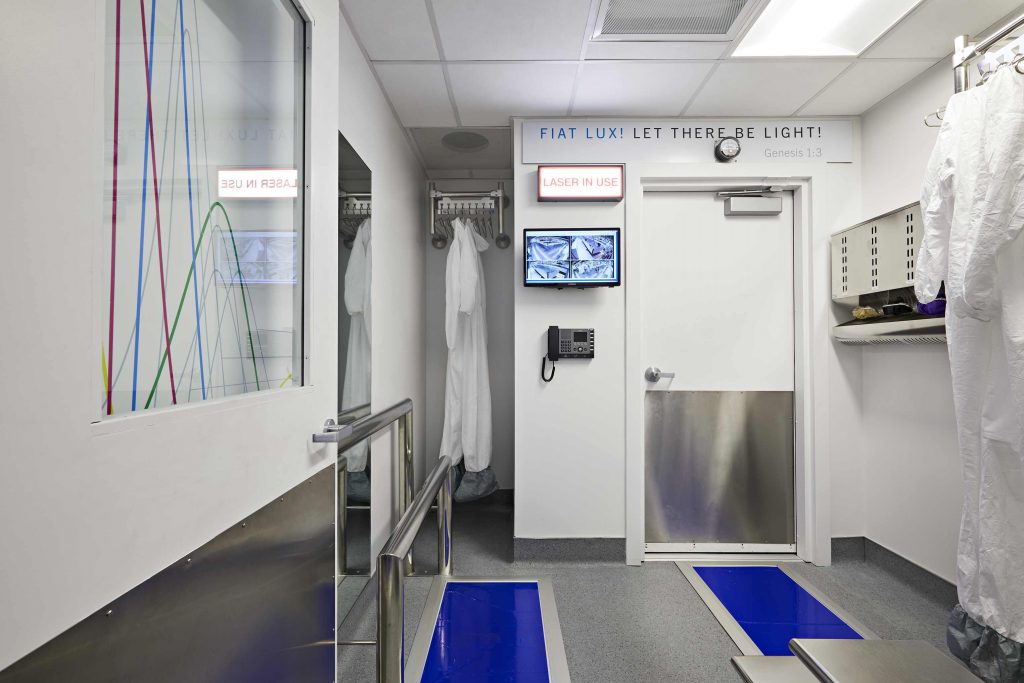
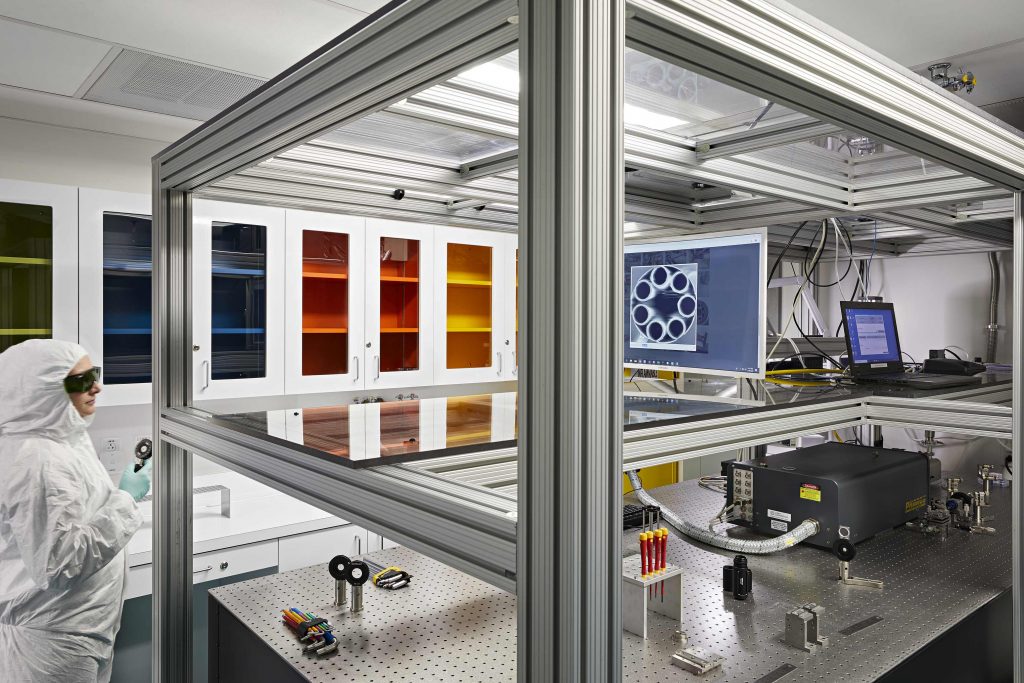
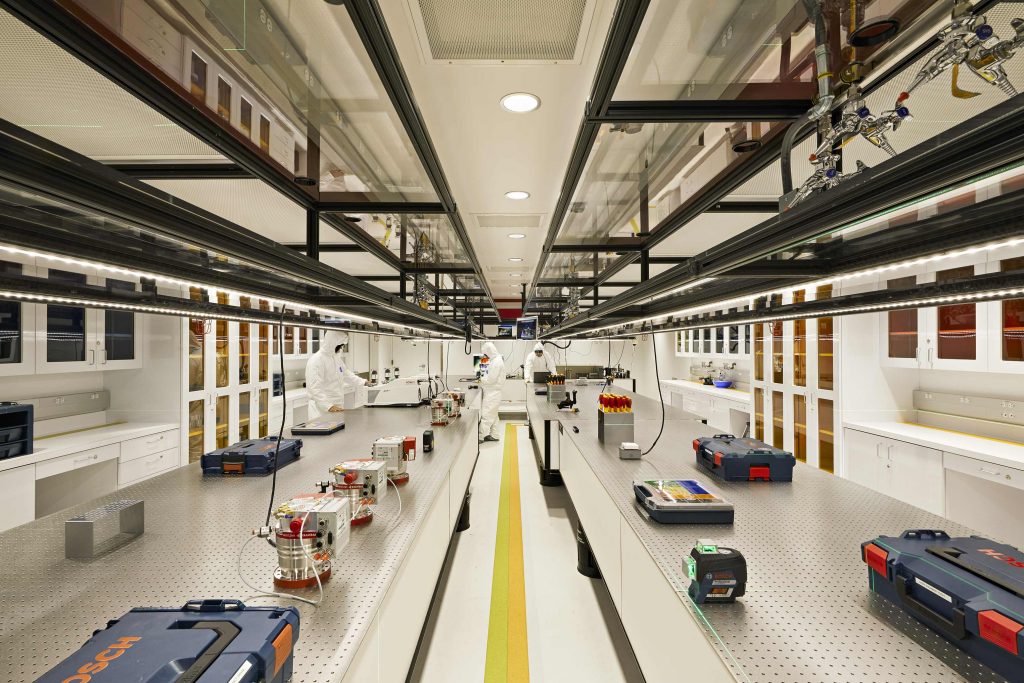
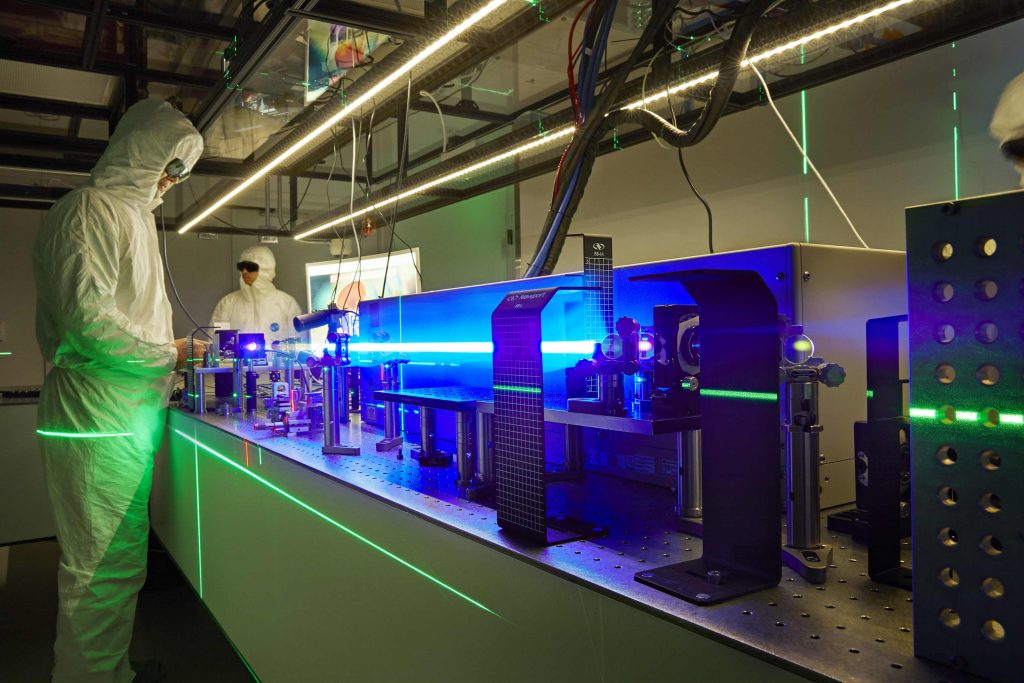
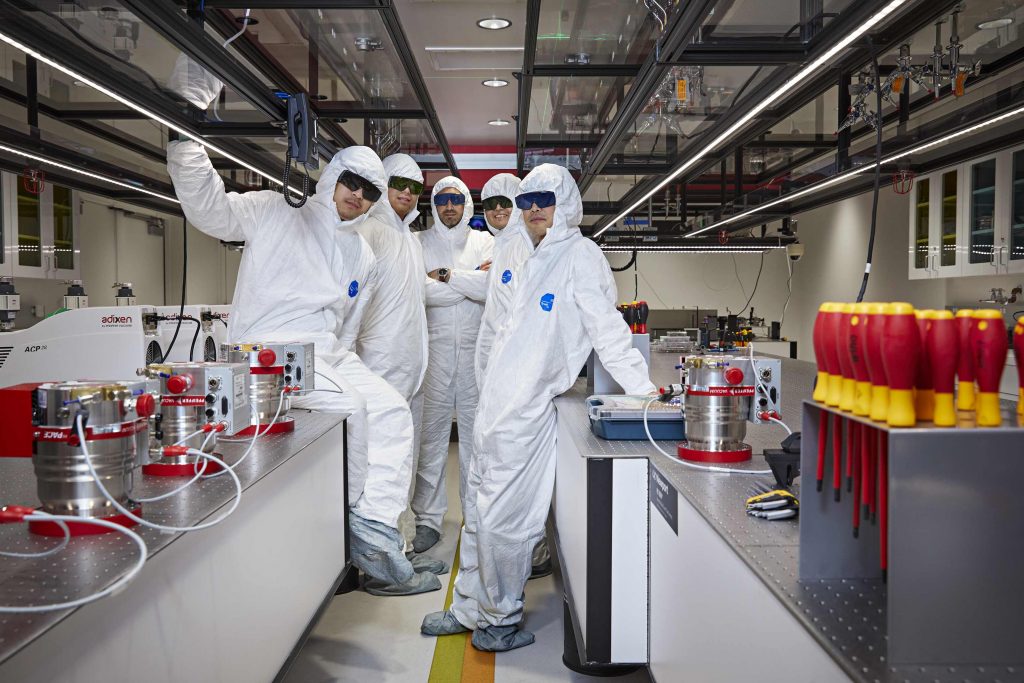
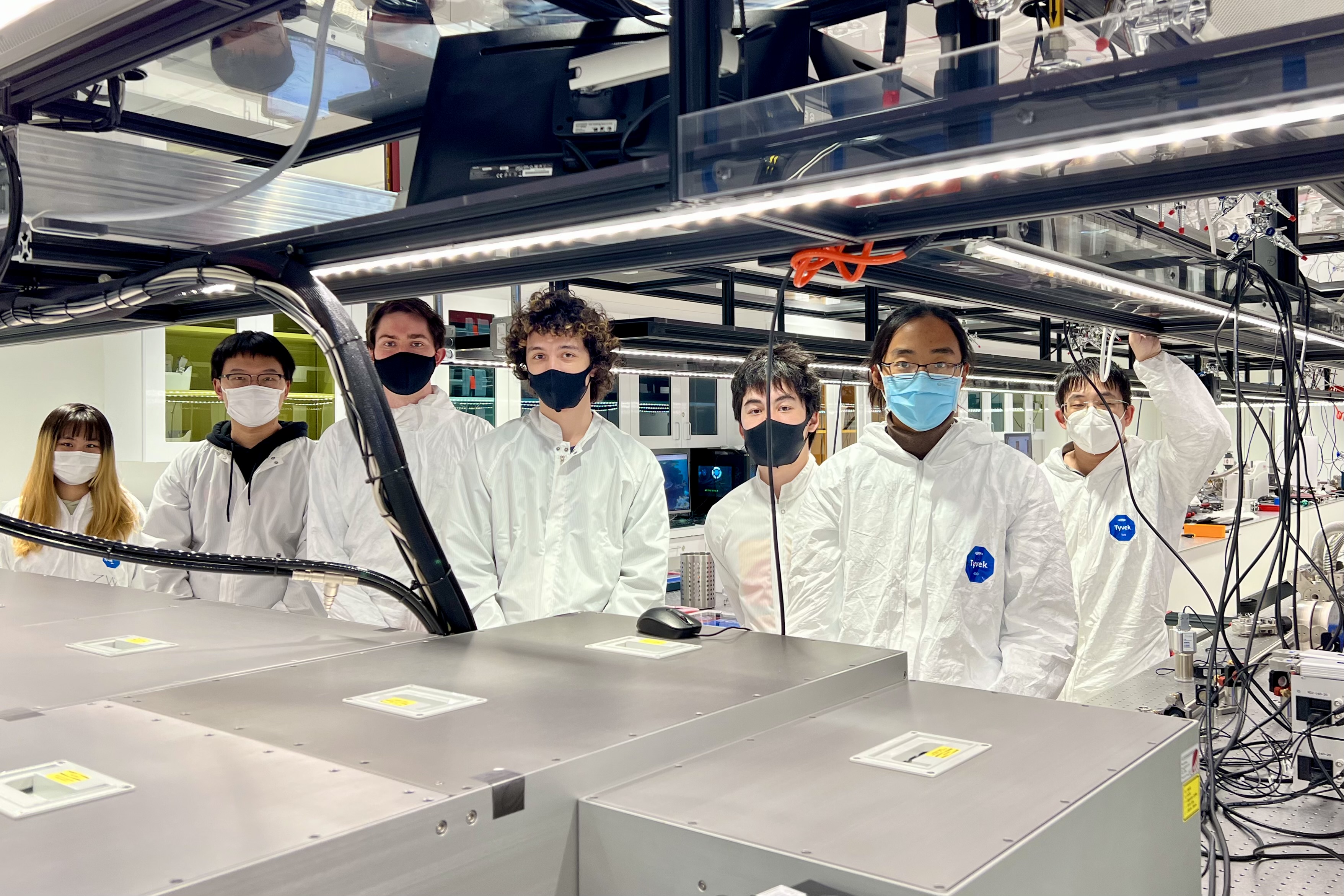
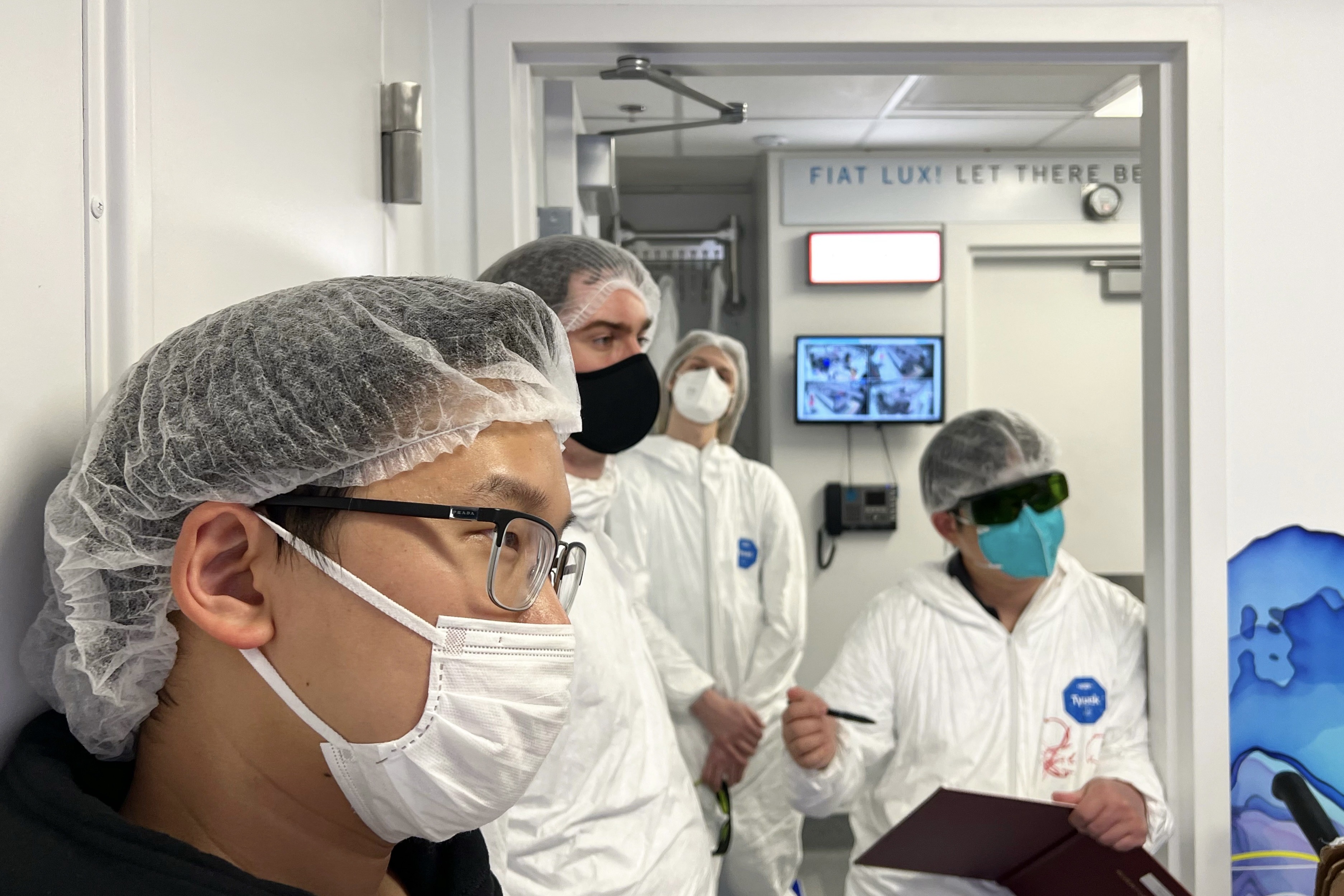
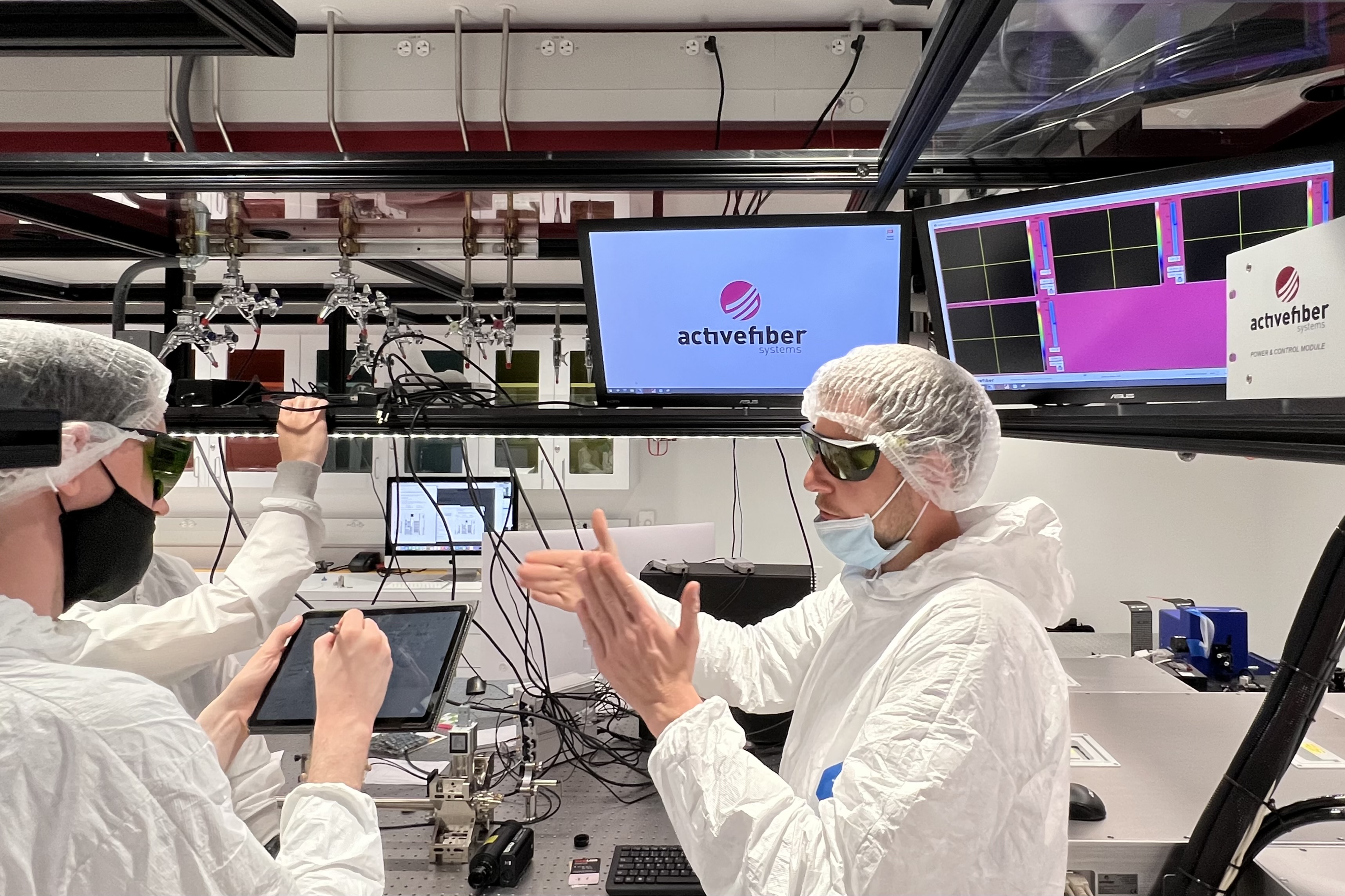
II. Popmintchev LABS – VIENNA
Quantum Design of Coherent X-ray Light
TU Wien – Vienna University of Technology – Photonics Institute
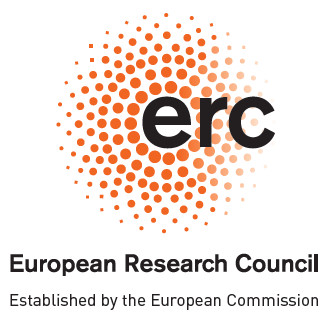
EUROPEAN RESEARCH COUNCIL STARTING GRANT:
XSTREAM: X-ray-waveforms at the Space-Time Resolution Extreme for Atomic-scale Movies
Two-story maisonette labs, 1100 square feet space.
- Ultrafast femtosecond lasers
Mid-infrared range: 1400 nm – 8000 nm
Near-infrared range: 1030 nm
- Coherent extreme UV – X-ray attosecond light
0.7 nm – 80 nm (1600 eV – 15 eV)
Coherent X-Ray Light for the Second Quantum Revolution
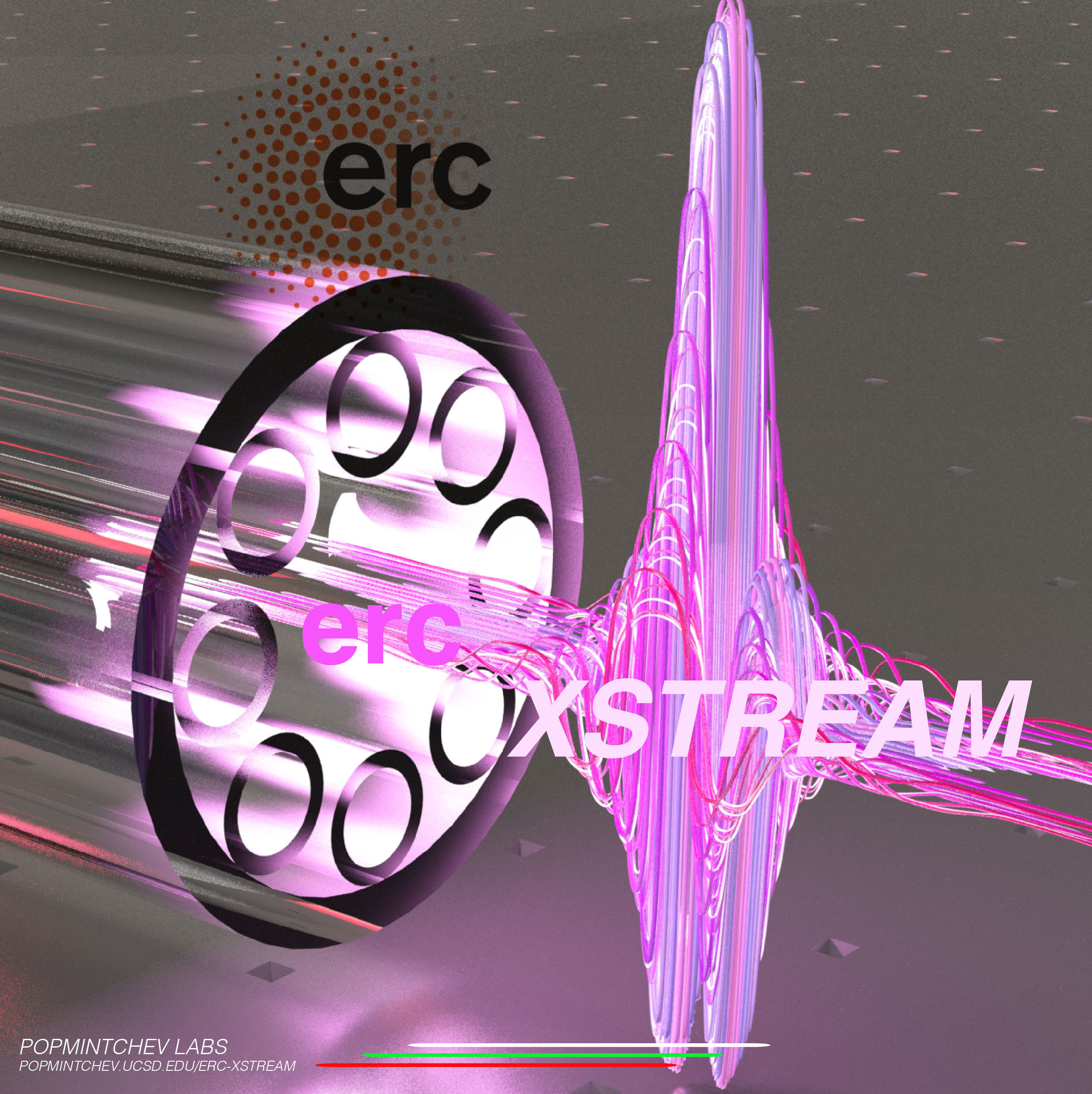 Attosecond-to-femtosecond X-ray pulse stemming from a gas-filled photonic fiber confining intense laser beams inside a hollow revolver structure.
Attosecond-to-femtosecond X-ray pulse stemming from a gas-filled photonic fiber confining intense laser beams inside a hollow revolver structure.
Nonlinear and extreme-nonlinear optics revolutionized the ability to create non-diverging, coherent beams with tunable spectral and temporal properties and spin and orbital angular momentum, particularly in the electromagnetic spectral regions where lasers based on conventional population inversion are not practical. New breakthroughs in attosecond science and extreme nonlinear optics promise a similar revolution in the X-ray regime using novel laboratory-scale ultrafast lasers.
In the European Research Council project XSTREAM, the fundamental atomic, phase matching, and group velocity matching limits of the process of high-order harmonic generation in the multi-keV X-ray regime will be explored using some of the most promising quantum design approaches in extreme nonlinear optics: X-rays driven by mid-infrared lasers, X-rays driven by ultraviolet lasers, and X-rays with tunable angular momentum using frequency and polarization mixing of ultrafast driving laser pulses. The knowledge gained in this ERC project is expected identify the best quantum designs moving forward to generate bright coherent X-ray beams on a tabletop at photon energies of 1-10 keV and greater with unprecedented attosecond-to-zeptosecond (10-18 – 10-21 seconds) spectral bandwidths and tunable angular momentum state. The development of high-energy high-power driving lasers based on scalable Yb-platforms at kHz repetition rate and also over extended wavelength range under XSTREAM is essential for investigating the limits of high harmonic generation, as well as for future applications.
This ERC research project is very relevant to several areas of interest, covering academic, industrial, and defense programs. Generating bright fully coherent light in the soft and hard X-ray region of the spectrum will support the development of cutting-edge nano-electronics and integrated circuits, new generation data storage devices key to the industry and academia, novel lightweight photovoltaics for energy generation, and advanced bio-sensing and medical imaging with unprecedented spatio-temporal resolution. This unique light will assist in directly observing function through 5 dimensional imaging – on the nanoscale with femtosecond or higher temporal resolution, and with effective 5th dimension of elemental and chemical specificity. In materials, heterogeneity is frequently a prerequisite for emergent behavior. At the same time, long-range correlations, hot spots, disorder, imperfect interfaces, and impurities can dominate the properties of nano-systems – in magnetics, superconducting materials, photovoltaics, batteries, etc. Design rules for future nano-systems that operate at fundamental limits of density, efficiency, and speed can be formulated as nanoscale structure and dynamics in heterogeneous systems are captured and understood using the XSTREAM novel light tools. In perspective, compact, well-directed light beams of laser-like hard X-rays would also allow for remote delivery of a beam of highly penetrating X-ray radiation that can be used for standoff detection.
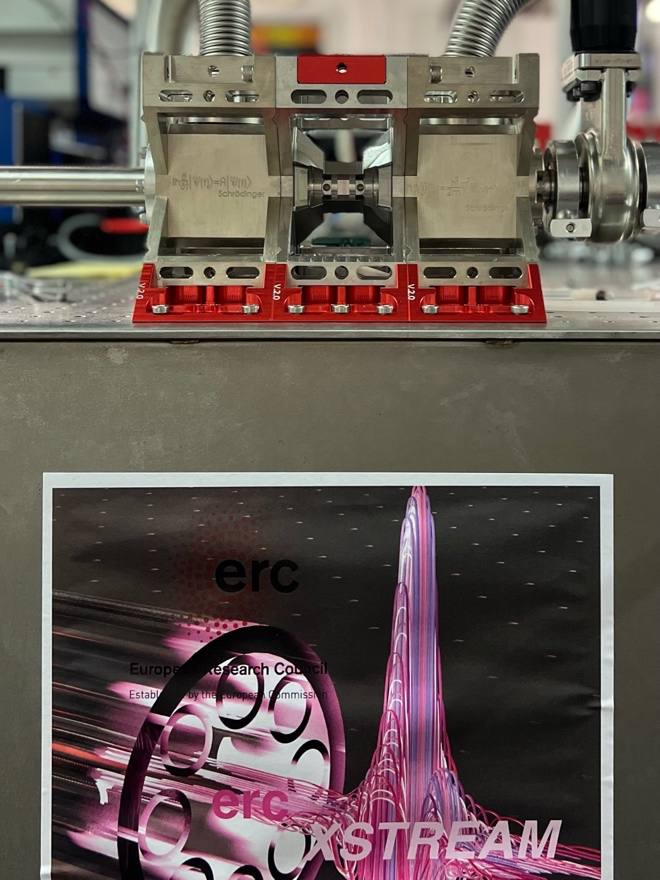
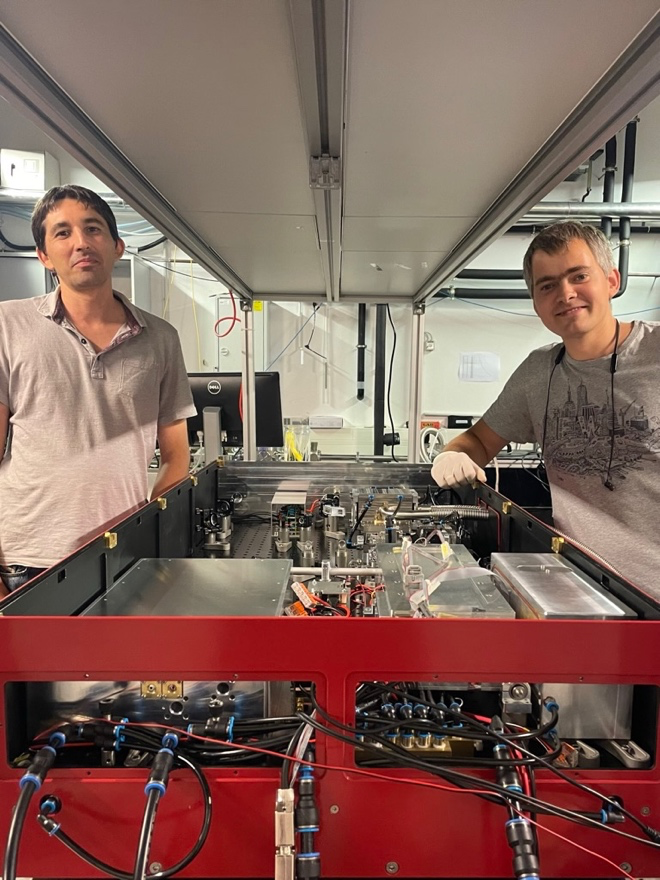 X-ray high harmonic generation and ultrafast Yb-based laser systems. Dr. Dimitar Pomintchev and Dr. Edgar Kaksis.
X-ray high harmonic generation and ultrafast Yb-based laser systems. Dr. Dimitar Pomintchev and Dr. Edgar Kaksis.
Inventing a fully spatially and temporally coherent version of the Roentgen X-ray tube, which also provides exquisite control of all classical and quantum properties of the generated X-ray light, is a central part of the short and long-term research of XSTREAM. A versatile light source with tunable spectral, spatial, and temporal shape, and angular momentum, promises to be both a conceptual revolution in attosecond science and extreme nonlinear optics, as well as an essential tool for the Second Quantum Revolution in the 21stcentury.
Team:
Principal Investigator
Prof. Tenio Popmintchev
Postdoctoral scholars
Dr. Dimitar Popmintchev
Dr. Tobias Flöry
Two-story maisonette labs, 1100 square feet space.
III. SAN DIEGO SUPERCOMPUTER CENTER
SDSC San Diego Supercomputer Center
Comet Supercomputer
Gordon Supercomputer
TSCC Supercomputer
IV. CENTER FOR ADVANCED NANOSCIENCE
CAN Center for Advanced Nanoscience
V. CALIT2 and NANO3 – NANOSCIENCE AND CLEANROOM FACILITIES
Giving the changing climate of competitiveness, the University of California has leveraged its strong research and technical capabilities to create a secret weapon: the California Institutes for Science and Innovation (Cal ISIs), which have the ability to drive innovation. Calit2 is taking ideas beyond theory into practice, accelerating innovation and shortening the time to product development and job creation. Where the university traditionally has focused on education and research, Calit2 extends that focus to include development and deployment of prototype infrastructure for testing new solutions in a real-world context.
VI. CAMPUS RESEARCH MACHINE SHOP
CRSM Campus Research Machine Shop
